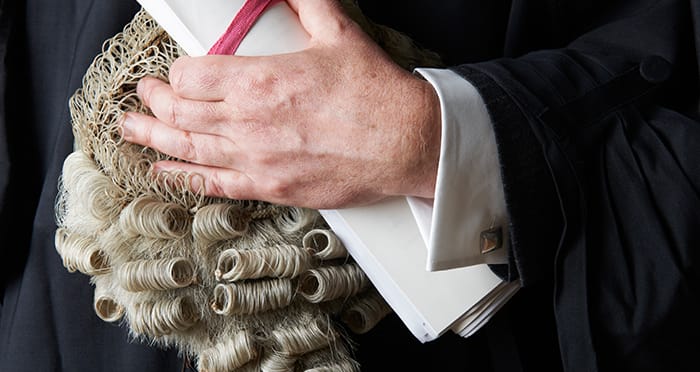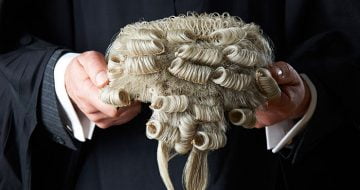Profession becoming gradually more diverse, says regulator — but ‘more to be done’

The bar continues to be much less diverse than the country as a whole, with a third of barristers still privately educated, new figures reveal.
The Bar Standards Board’s (BSB) latest report on the gender, ethnicity and social background of barristers shows that diversity figures have hardly budged since last year.
Private education still rules in chambers, with over half of British-educated QCs attending a fee-paying school.
The figures come from BSB records as of December 2019 and cover barristers in England and Wales.
Although only half answered the question about what type of school they attended, the available data suggests that “a disproportionate amount of the bar attended a UK independent school”, according to the BSB.
Its report says that “of those that provided information on school attended, 34.3 per cent attended an independent school in the UK”. That’s a tiny drop on last year, when the figure was 34.8%. Roughly 7% of the population is privately educated.
Even if you assume that everyone who didn’t respond to the question went to a state school, the privately educated would still make up 17% of the bar.
Remarkably, QCs who submitted schooling info were more likely to have been privately educated than state educated (388 vs 304).
Other measures of diversity have inched up too. The percentage of women at the bar increased by 0.6 percentage points, to hit 38%. Female QCs now account for 16.2% of silks, a 0.4 percentage point rise.
Around 14.4% of the working age population in England and Wales is from a black, Asian and minority ethnic (BAME) background. The proportion of BAME barristers overall has pulled level, at 14.7% when non-respondents are excluded.
But there are fewer black people at the bar than their population share warrants, whereas mixed-race and Asian people are, statistically speaking, over-represented.
Finally, the report suggests that disabled people are rarely seen working in chambers. Only 6% of barristers reported being disabled, less than half the figure for the working-age population as a whole.
The BSB’s head of equality and access to justice, Amit Popat, said:
“While the data follow a similar trend to those seen in recent years insofar as they show a slow and steady improvement in gender and ethnic diversity at the bar, there is more to be done before the profession can be said fully to reflect the society it serves.”
He added: “One of the BSB’s key strategic aims is to encourage a more diverse legal profession, and these annual diversity reports provide a strong evidence base so that action can be taken. So, we urge all barristers to complete the diversity data questions when renewing their practising certificates for the year ahead.”

